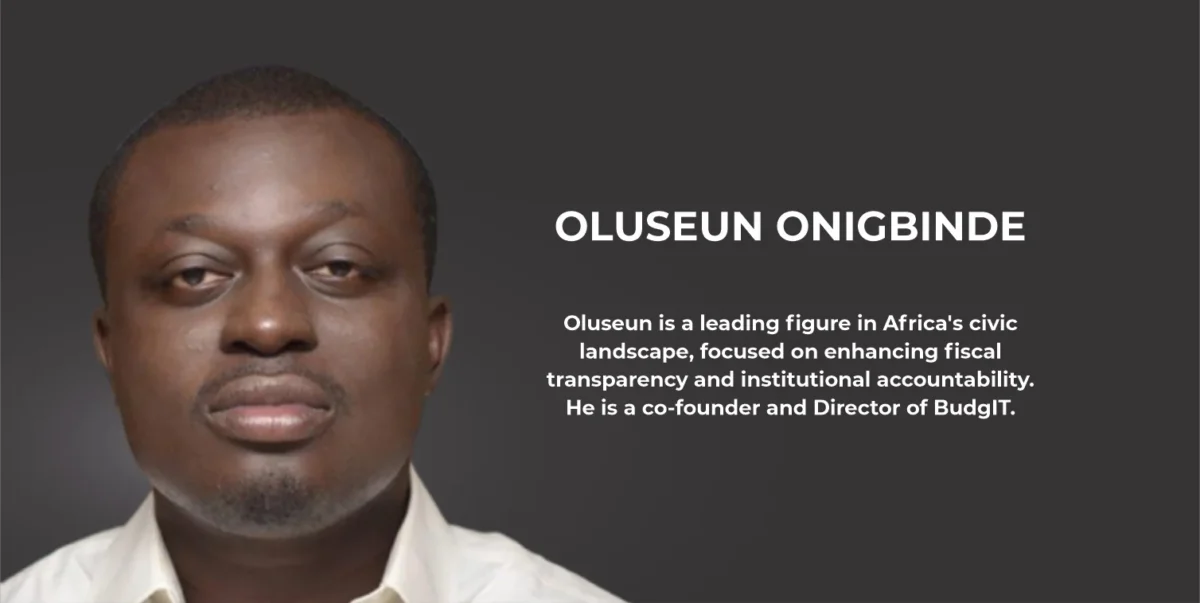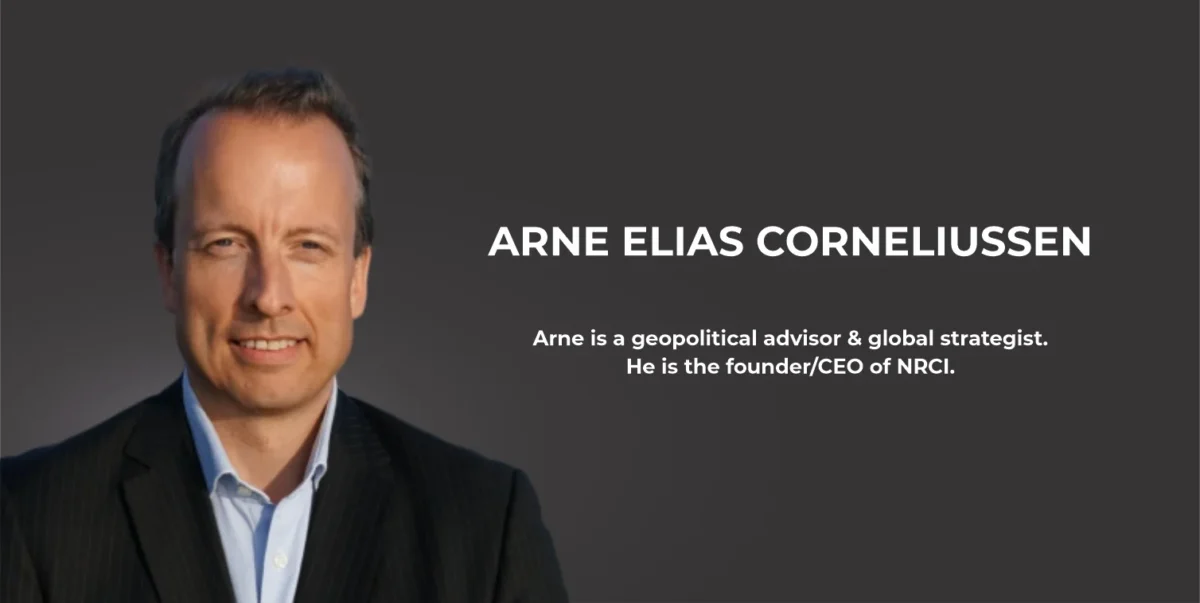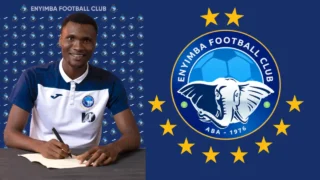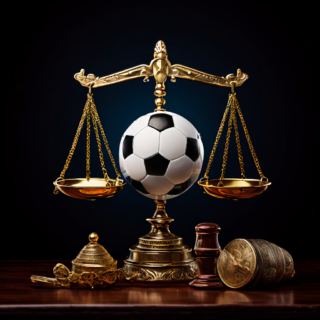



ASG
Africa Speakers Group is a leading platform for keynote speakers, influential thinkers and star performers on the African continent, and elsewhere in the world.
Discover Our
Speakers . Thinkers . Performers .
Whether you are searching for a keynote speaker, a thought leader, a facilitator, an influential thinker, a master of ceremony or a star performer for your corporate events or you are looking for a tailored Masterclass for your organisation, you are in the right place. You can trust that our team of experts are constantly vetting and updating our database of resource persons and events.
CO-FOUNDER, FUBU & CEO, THE SHARK GROUP
An entrepreneur in every sense of the word, Daymond John has come a long way from taking out a $100,000 mortgage on his mother’s house and moving his business operation into its basement. He is the CEO and Founder of FUBU, a much-celebrated global lifestyle brand with over $6 billion in product sales world-wide. President Barack Obama appointed him a Presidential Ambassador for Global Entrepreneurship (PAGE).
CEO, SOGATO STRATEGIES LLC
Dir. & VP, Stifel Financial Corp.
A renowned economist and leadership mentor, is a Senior Vice President, Global Human Resource Enterprise, Head of Diversity and Inclusion, Lead Director of Environment, Sustainability and Governance (ESG) at Stifel Financial Corporation NYSE: SF, a 130 year old financial service holding company headquartered in St. Louis, Missouri with $4.7 billion in revenue, $8 billion in market capitalization.
Enterpreneur
Audrey Joe-Ezeigbo is an experienced leader, business advisor and coach, with over 28 years proven track record and deep expertise in Strategic Planning and Execution, Corporate Governance, Investor relations (Finance and Fundraising), Advocacy, Entrepreneurship Development and Environmental Sustainability in private, public and non-profit sectors at executive and Board levels.
Entrepreneur & Global Business Speaker
Vusi Thembekwayo is a Global Business Speaker, private equity Managing Partner at Watermark Afrika, CEO of pan-African impact investment firm MyGrowthFund Venture Capital & convenor of leading research boutique IC Knowledge Bureau.
EX CEO, KENYA SCHOOL OF LAW
PLO Lumumba has been twice recognized as one of the 100 most influential Africans.
TEDx speaker, named “most inspiring women in sustainability”, Audrey-Flore uses science to positively influence businesses to take actions to solve climate change challenges.
Dr. Ngomsik holds a PhD in physical and analytical chemistry and is a seasoned strategist specializing in climate change and corporate social responsibility. As the CEO and co-founder of Trianon Scientific Communication, a management consulting firm, Dr. Ngomsik leads efforts to assist businesses with the highest CO2 emissions in harmonizing sustainability with profitability.
CEO, ThinkBusiness Africa
Dr. Ogho Okiti is one of Africa’s leading global thinkers on business and economic development. He shares daily commentary, contexts, and insights on economic and business developments on national and global issues.
Ogho is the CEO of ThinkBusiness Africa, a business intelligence platform delivering business solutions across data, media, and advisory. His current interests and research are at the intersection of business and development. And he takes pride in reading one book each week.
Communications Specialist
Lucille Ossai is an international award-winning communications trainer, coach, advisor, keynote speaker, and renown blogger.
She holds an MSc from the London School of Economics and a bachelor’s degree from the University of Leicester (UK).
Lucille specialises in business communication. She works with professionals, executives, entrepreneurs, and leaders globally to amplify their influence and get results.
Latest news & insights
Check out updates from our keynote speakers, influential thinkers and event hosts. Also, get to find out what our top performers are up to.

The Algorithm of Creativity
As I think more to understand what learning, creativity and intelligence mean in the light of our present day, I bumped into an old stack

Five more exceptional keynote speakers get listed on Africa Speakers Group
Africa speakers Group are poised to continue in its tradition of attracting, identifying and adding to its talent pool, more keynote speakers, corporate leaders, entrepreneurs, innovators, influential thinkers, star performers and celebrity speakers.

Contractual stability, inducement of breach of contract and sporting sanctions in football contracts (Part II)
Nigerian champions Enyimba Football Club of Nigeria recently went on social media to declare that one of their players had gone AWOL (away without leave). However, in a sudden twist in the tale, the missing Enyimba star whose disappearance had baffled the club and fans has been found in war-ravaged Israel

Contractual stability, inducement of breach of contract and sporting sanctions in football contracts (Part I)
Nigerian champions Enyimba Football Club of Nigeria recently went on social media to declare that one of their players had gone AWOL (away without leave). However, in a sudden twist in the tale, the missing Enyimba star whose disappearance had baffled the club and fans has been found in war-ravaged Israel










